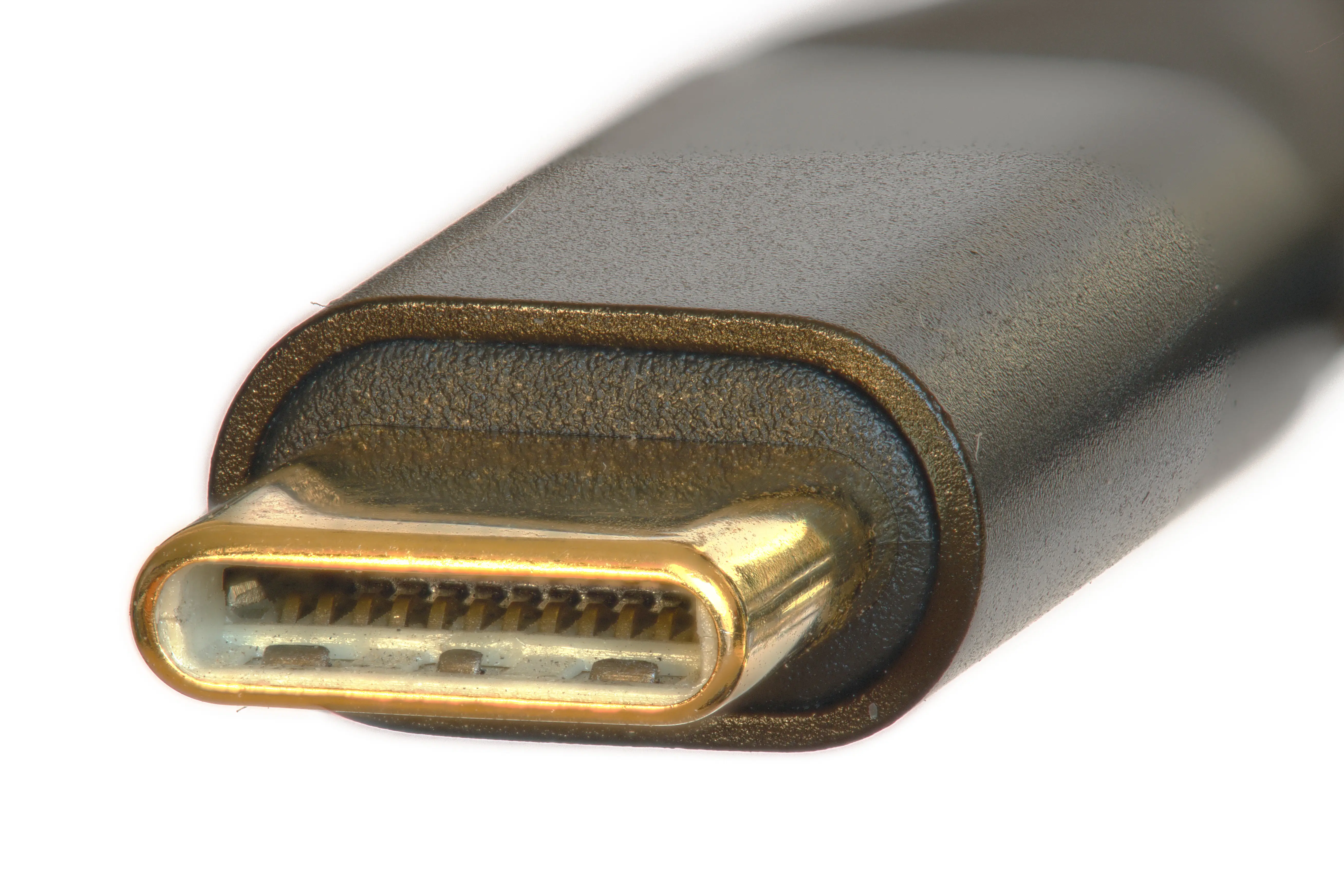How does a USB-C to USB-C cable work?


USB-C to USB-C cables have become increasingly popular in recent years due to their versatility and convenience. These cables are capable of transferring both power and data between USB-C compatible devices, making them a valuable tool for charging and syncing devices such as smartphones, laptops, and tablets. In this article, we will explore how USB-C to USB-C cables work and the benefits they offer.
Understanding USB-C
Before delving into the specifics of USB-C to USB-C cables, it is important to have a basic understanding of USB-C technology. USB-C, also known as USB Type-C, is a relatively new standard for USB cables and connectors. It was introduced in 2014 and has since gained widespread adoption in various devices.
USB-C cables feature a reversible connector, which means that they can be plugged in either way, eliminating the frustration of trying to insert the cable correctly. This is a significant improvement over previous USB standards, such as USB-A and USB-B, which had a specific orientation for insertion.
How USB-C to USB-C Cables Work
USB-C to USB-C cables are designed to connect two USB-C devices together, allowing for the transfer of power and data between them. These cables utilize the USB-C connector on both ends, ensuring compatibility with USB-C ports found on many modern devices.
USB-C Charging
One of the primary functions of USB-C to USB-C cables is charging USB-C devices. These cables support USB-C Power Delivery (PD), a technology that enables faster and more efficient charging. USB-C PD allows for higher power transfer, which means that devices can charge at a faster rate compared to traditional USB cables.
USB-C Power Delivery
USB-C Power Delivery is a specification that allows devices to negotiate the amount of power they require for charging. This negotiation takes place between the USB-C charger and the device being charged. USB-C PD can deliver up to 100 watts of power, making it suitable for charging a wide range of devices, from smartphones to laptops.
USB-C Data Transfer
In addition to charging, USB-C to USB-C cables also support data transfer between USB-C devices. These cables can transfer data at high speeds, thanks to the USB 3.1 or USB 3.2 standards they adhere to. USB 3.1 supports data transfer speeds of up to 10 Gbps, while USB 3.2 can achieve speeds of up to 20 Gbps.
Benefits of USB-C to USB-C Cables
USB-C to USB-C cables offer several advantages over their predecessors, making them a popular choice among users. Some of the key benefits include:
- Reversible Connector: The reversible nature of USB-C connectors eliminates the frustration of trying to insert the cable correctly.
- Fast Charging: USB-C PD allows for faster and more efficient charging, reducing the time it takes to charge devices.
- High-Speed Data Transfer: USB-C to USB-C cables support high-speed data transfer, enabling quick syncing and file transfers between devices.
- Versatility: USB-C to USB-C cables can be used with a wide range of USB-C compatible devices, including smartphones, tablets, laptops, and more.
- Future-Proof: USB-C is becoming the standard for many devices, so investing in USB-C to USB-C cables ensures compatibility with future devices.
Conclusion
USB-C to USB-C cables are a versatile and convenient solution for charging and syncing USB-C devices. With their reversible connectors, support for fast charging and high-speed data transfer, and compatibility with a wide range of devices, these cables offer numerous benefits to users. As USB-C continues to gain popularity, USB-C to USB-C cables are likely to become even more prevalent in the future. So, if you own USB-C devices, investing in USB-C to USB-C cables is a wise choice.
Recent Posts
How do I create an engaging and informative online quiz or assessment?
Creating an engaging and informative online quiz or assessment can be a powerful tool for… Read More
What are the most effective methods for managing and reducing work-related stress in the hospitality industry?
Work-related stress is a common issue in the hospitality industry, where employees often face long… Read More
How can I improve my assertiveness and communication skills in a leadership position?
In a leadership position, assertiveness and effective communication skills are crucial for success. Being able… Read More
What are the key elements of a successful employee recognition and rewards program?
Employee recognition and rewards programs play a crucial role in motivating and engaging employees, as… Read More
How do I effectively manage and respond to customer feedback and reviews?
Customer feedback and online reviews play a crucial role in shaping a company's reputation and… Read More
What are the best strategies for effective time management as a stay-at-home parent?
Effective time management is crucial for stay-at-home parents who juggle multiple responsibilities on a daily… Read More